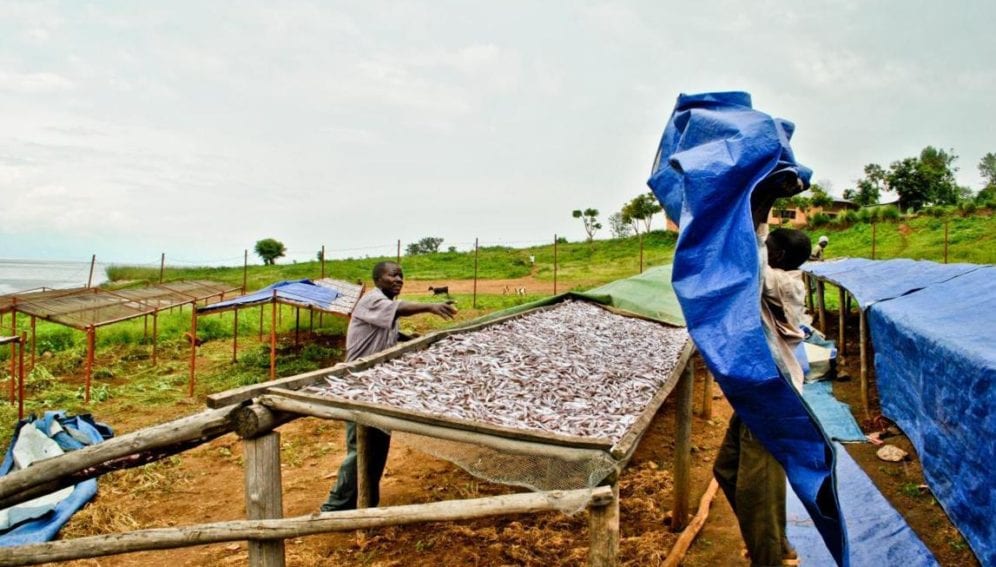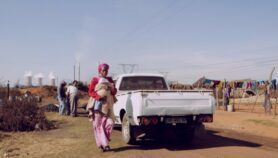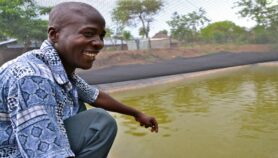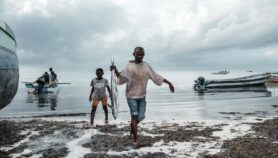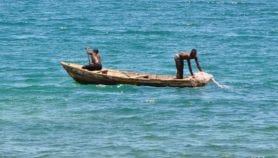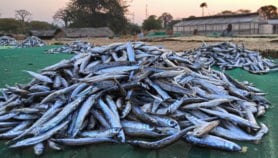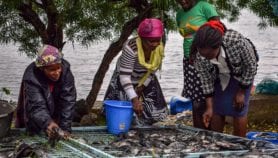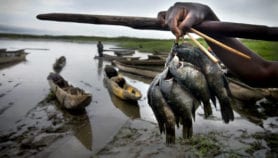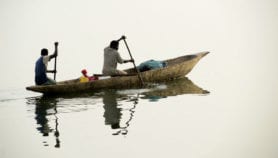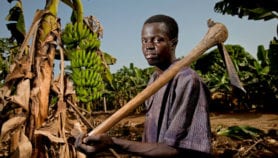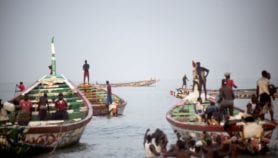Send to a friend
The details you provide on this page will not be used to send unsolicited email, and will not be sold to a 3rd party. See privacy policy.
[BUJUMBURA] A technology introduced in Burundi for drying sardine-like fish has improved livelihoods of fishers and fishmongers, according to a report released by UN’s Food and Agriculture Organization (FAO) this month (9 July).
The report says post-harvest losses motivated FAO to fund and pilot the use of raised wire-mesh racks to dry the fish known locally as ndagaa.
The technology was first introduced in a Burundian village on the shores of Lake Tanganyika in 2004.
“Before the implementation of the project, [fishers and fishmongers] were drying fish on sand near the lakeshore in unclean places where the fish were also vulnerable to bad weather and birds or insects which could eat them.”
Hussein Kagozi, Burundian Federation of Fisheries and Protection of the Aquatic Environment
“From an average of 500 women who dried fish on the sand in 2004, today there are some 2,000 people directly involved in the improved drying operations in Burundi, with 12,000 family members benefiting from the income generated,” says the report.
Hussein Kagozi, the national project coordinator at the Burundian Federation of Fisheries and Protection of the Aquatic Environment, tells SciDev.Net: “Thanks to the FAO project that was later supported by other partners, [fishers and fishmongers] have racks to dry fish at almost all the beaches along Lake Tanganyika on the Burundi side, from Kajaga on the border with the Democratic Republic of Congo to Kabonga on the border with Tanzania”.
Kagozi says the fish drying technology has greatly benefited fishers and fishmongers who now have started exporting high quality fish to Kenya, Rwanda and Uganda.
“Before the implementation of the project, [fishers and fishmongers] were drying fish on sand near the lake shore in unclean places where the fish were also vulnerable to bad weather and birds or insects which could eat them,” explains Kagozi.
With the introduction of the racks, consumers are eating good quality fish and boat sailors willingly go a longer distance to unload fish at beaches where there are racks, instead of unloading their catches to be dried on the sand.
Prosper Kiyuku, an expert in fisheries and aquaculture at the FAO Burundi Country Office, says the 2004 project provided training on fish drying, conservation and marketing.
Kiyuku says using racks to dry fish promotes hygiene as the fish is well dried, with bacteria and dust greatly reduced. The drying time is reduced from one to two weeks to one or two days, depending on the weather conditions.
Leonie Nzeyimana, director of the waters, fisheries and aquaculture department at Burundi’s Ministry of Agriculture and Livestock, commends the FAO project.
But she says it is regrettable that a bigger regional project, the Lake Tanganyika Integrated Regional Development Programme, funded by the African Development Bank (ADB) on developing fisheries in the four countries where Lake Tanganyika is found — Burundi, DRC, Tanzania and Zambia — is closing at the end of August this year.
Nzeyimana, however, indicates that talks are under way at the level of the four governments and the Lake Tanganyika Authority to request ADB to continue funding the project.
This article has been produced by SciDev.Net's Sub-Saharan Africa desk.


